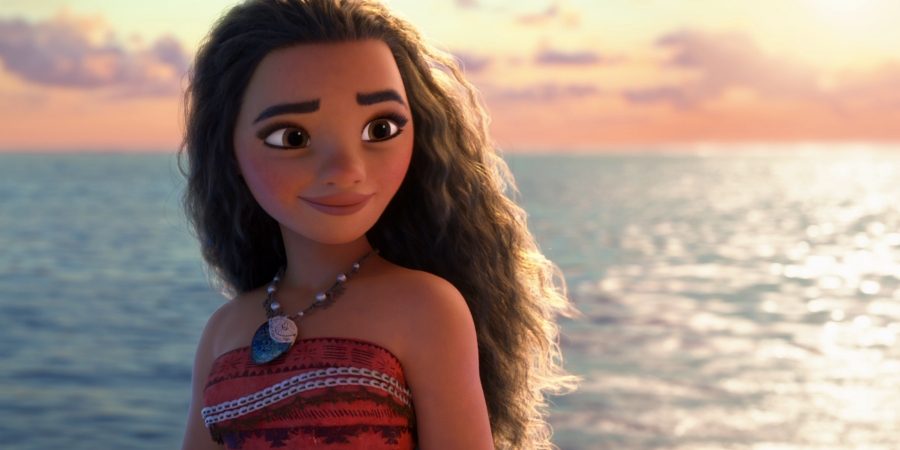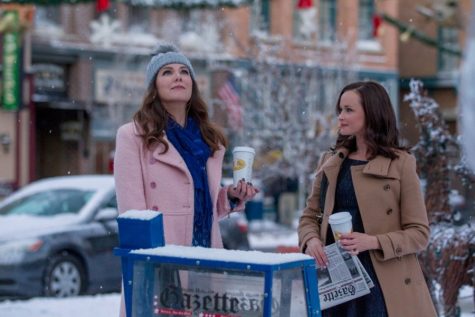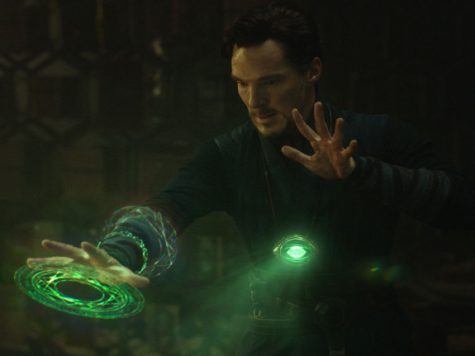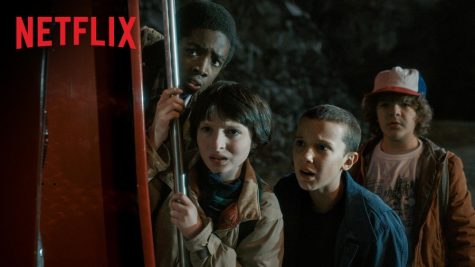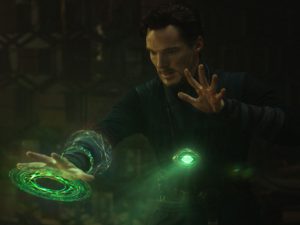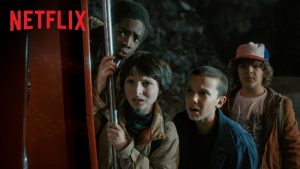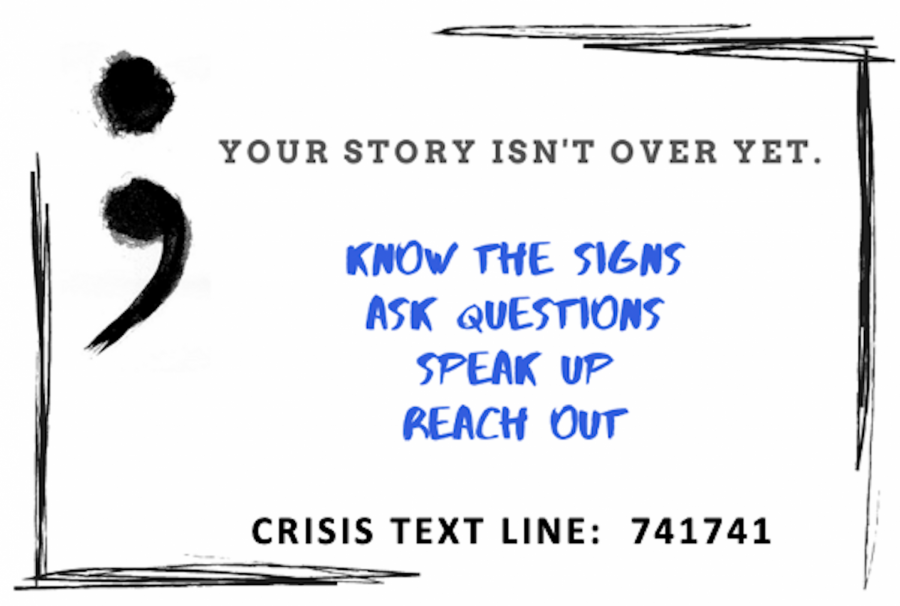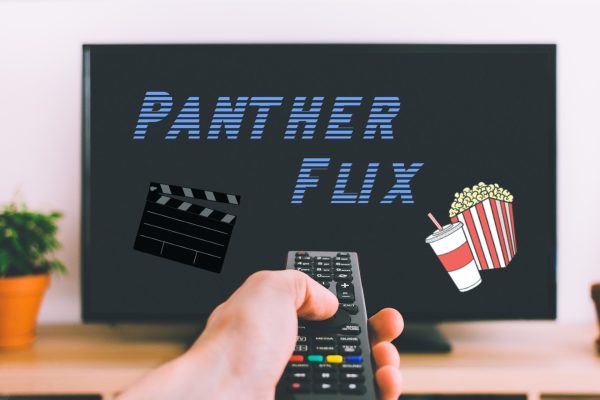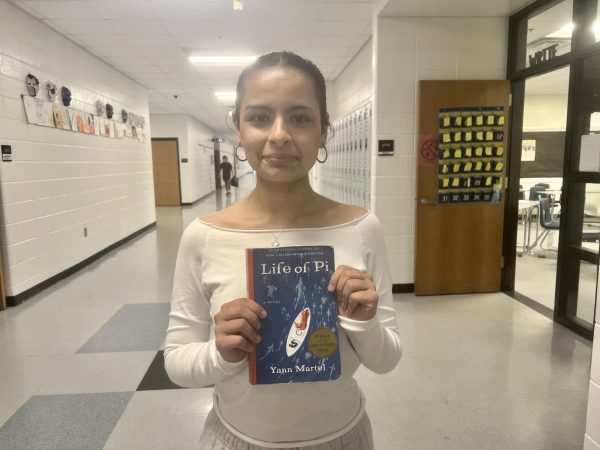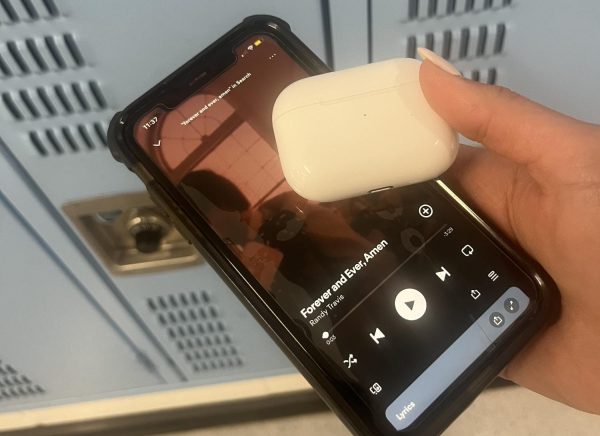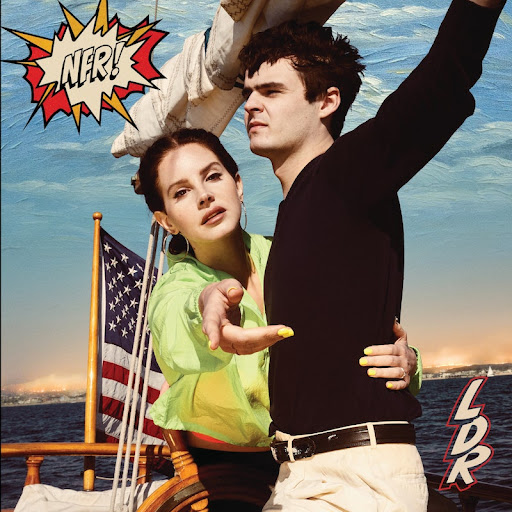‘Moana’ makes a splash at the box office
Disney’s newest heroine, Moana (Auli’i Cravalho), emerges as a new inspiration to viewers as she embarks on her adventure across the Pacific, breaking the mold of the stereotypical Disney princess.
December 13, 2016
Disney’s new animated feature film “Moana” hit theaters Nov. 23. The heartwarming, family-friendly flick succeeded tremendously, already securing over $100 million in the box office and an 96 percent rating on Rotten Tomatoes. The formulaic, Disney-typical aspects of the plot are quickly compensated for with a refreshing change of culture and a new protagonist.
The film centers around sixteen year-old Moana (Auli’i Cravalho), the daughter of the chief on the Polynesian island of Motunui. When the island is in peril, her grandmother (Rachel House) passes onto her the heart of the goddess “Te Fiti,” a glowing green stone that will restore life to the land once returned. In order to accomplish her quest and save her people, Moana must find the demigod Maui (Dwayne Johnson).
When the story begins, darkness has begun to encroach over Moana’s island. Crops turn to black dust, and there are no fish left in the lagoon. Moana is chosen by the ocean for the quest to help Maui correct his mistake. “Moana”, conveniently, is a pan-Polynesian word for “ocean”. From there, she sets out to the sea, albeit with some setbacks, to find the demigod. The interactions between the pair elicit a good amount of laughs from the audience, and though the script has a few modern references, comedic relief isn’t dependent on pop culture.
Disney’s newest heroine, Moana (Auli’i Cravalho), emerges as a new inspiration to viewers as she embarks on her adventure across the Pacific, breaking the mold of the stereotypical Disney princess.
— Staff Writer Blythe Terry
Moana is a determined, spirited, girl that audiences immediately root for. Maui reveals himself to be a rather sarcastic demigod who is irritated with the thousand years of isolation he had to endure after his crime, when he was only trying to help humans in the first place. He is initially opposed to the prospect of going with Moana to Te Fiti, but the girl’s resolve persuades him otherwise.
There is great character development and enhancement throughout the film, as audience members see Maui’s supposed self-confidence and deadpan humor are a reflection of a darker backstory. Moana learns the Polynesian sea navigation tradition wayfinding and much more from her new mentor and becomes the hero of her own story in the end. All of this culminates in a duo that lives up to the hype and captivates audiences.
“Moana” also demonstrates much self-awareness of the typical Disney formula. Maui’s character especially nods to this with lines like, “If you start singing, I’m going to throw up,” and “If you wear a dress and have an animal sidekick, you’re a princess.” The film follows these trends in many ways, but these lines are also a sign of change, as Disney acknowledging what has been done wrong in the past and attempting to do something different. Moana is described as being the heir to her father, giving a never before seen position of power to a Disney princess. Her body is more realistically proportioned, which is something that has never truly before been done by Disney’s design team.
If there’s any complaint with animation, it’s Disney’s continued use of the uninspired 3-D style, but “Moana” easily makes up for it with the enchanting atmosphere of the South Pacific. With the change in scenery, the creators of “Moana” also invested in better research, consulting Pacific Islanders in what they call the “Oceanic Trust.”
As a result, the synopsis of “Moana” has legitimate basis in Polynesian history. From the beginning of the story, it is understood that Moana and others in the village are not permitted to travel beyond the reef due to the danger of the high seas. The young heroine then learns that her people, over a thousand years ago, were voyagers, using the art of wayfinding to move across the sea. This time of non-voyaging is a real part of Polynesian history, dubbed “The Long Pause.” The reason for this dormant period is unknown, but “Moana” creators give their own take.
That being said, the interpretation wasn’t without its problems. Some didn’t approve of the portrayal of Maui, and others just didn’t want their culture and mythology to be “Disney-fied.” However, despite shortcomings, there is a strong sense that what “Moana” did was a step in the right direction.
Polynesian influence also permeates in the soundtrack. Samoan musician Opetaia Foa’i was involved in writing, leading to the inclusion of many songs with untranslated Samoan lyrics. In addition to adding authenticity, the soundtrack is expertly crafted, not overwhelming the action but enhancing it.
On the instrumental side, the film’s music had the aid of Mark Mancina, an experienced composer famous for previous Disney works such as “The Lion King.” Most known to the general public is the involvement of the “Hamilton” musical creator, Lin-Manuel Miranda, who benefited the lyrical numbers with his eloquence in songwriting.
“Moana” keeps up the action, comedy, and heartfelt moments until its end. The conclusion of the film, which was close to being something very different, is in line with the tone of what precedes it but still unexpected. Audiences are left satisfied from a story that’s both new and nostalgic of previous Disney experiences. Moana’s can-do attitude and ability to conquer her own destiny deliver a message of self-confidence that leaves viewers inspired.


